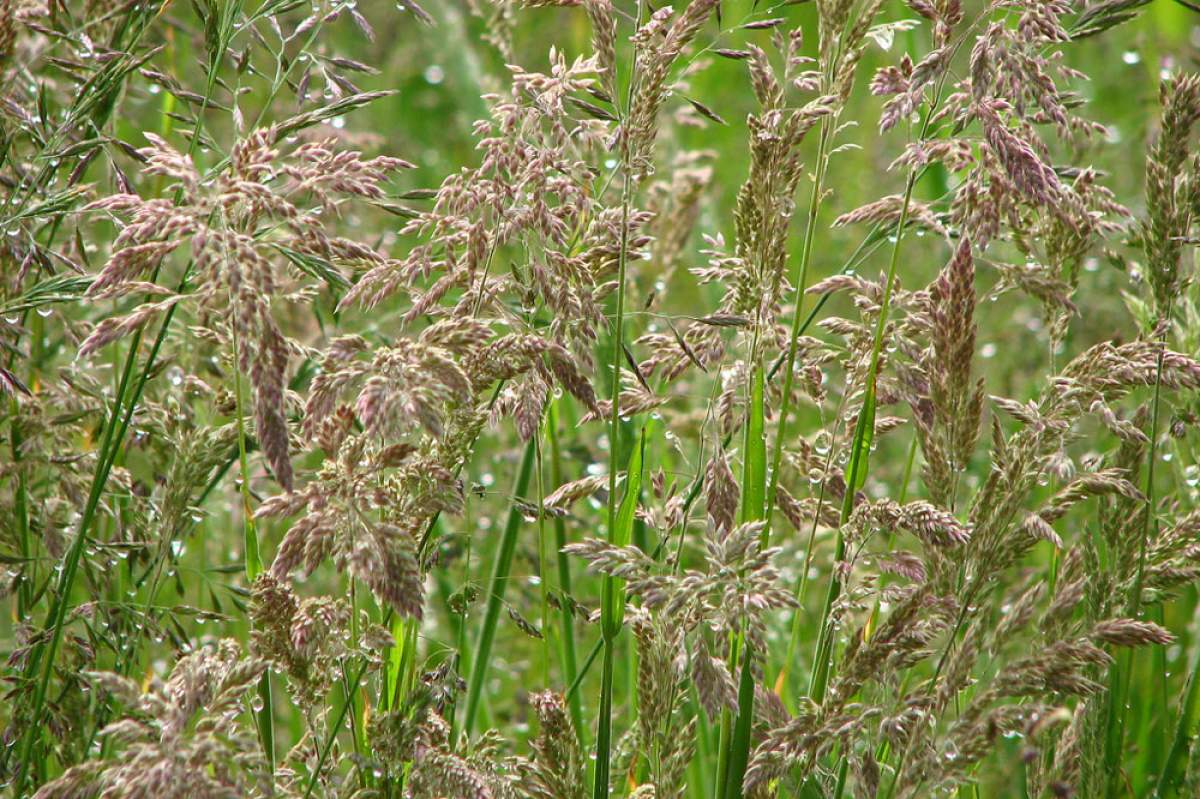
Plants may appear to be helpless in the face of hungry, but many plants have evolved interesting systems of self-defense.
Coarse meadow grasses are a good example. If you run your finger along a blade of coarse grass, you just might cut yourself. What makes it so sharp? A row of microscopic silica blades lines the grass like tiny teeth, and most grasses have silica inside as well. Although the silica doesn't prevent animals from feasting on the grass, it is hard enough to wear down the animals' teeth over time. Imagine trying to chomp that tough meadow grass with dull, worn teeth, you wouldn't get too far!
The grasses must have evolved this bristling defense fairly early in their relationship with grazing animals, because the anatomy of the animals' mouths has changed in response. The teeth of most mammals stop growing in adulthood. However, the teeth of grazing animals like horses and cows have evolved in a different way. They continue to grow from the roots over the course of the animals' lives. As the grasses' silica blades wear away the teeth, continuous growth from the roots at least partially compensates for the loss. If an animal's diet consists mostly of coarse meadow grasses with silica blades, the animal still could develop extensive wearing and damage to its teeth.









